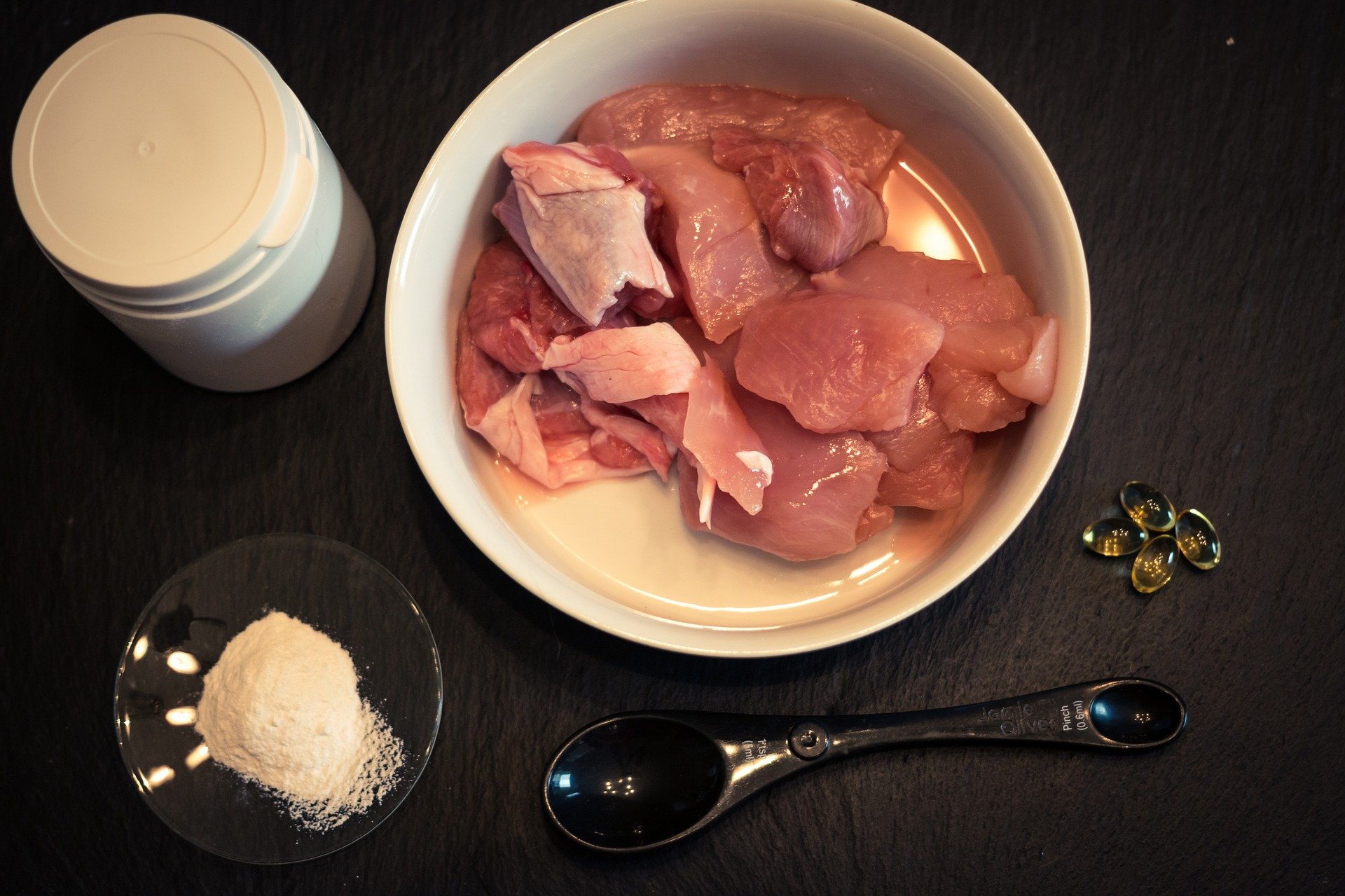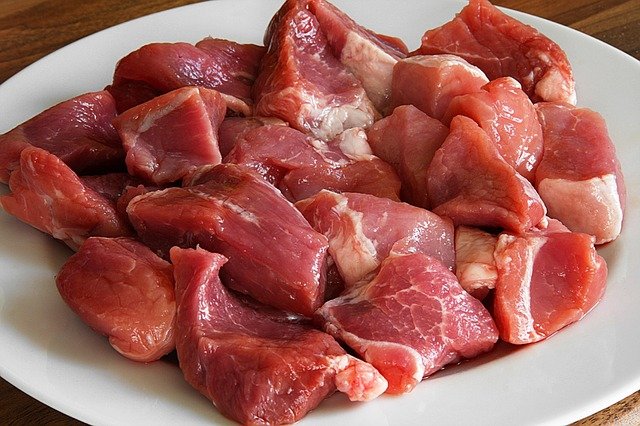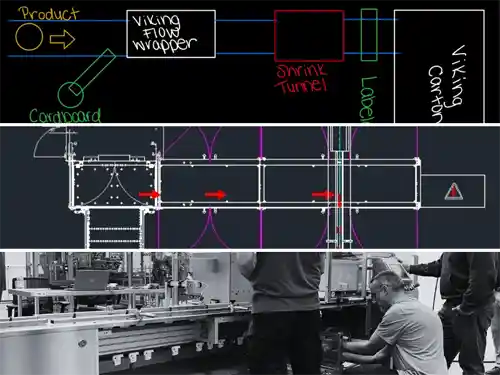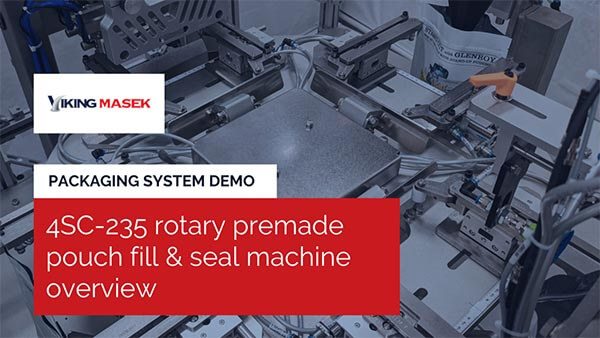Trends in Pet Food Packaging: Protein is King
 According to Pet Food Industry magazine, US pet food spending increased by $18.91 billion in the 30 years from 1984 to 2014—a whopping 366%. Pets have always played important roles in human lives, but it wasn't until the 21st century that the boom really began in the pet food industry with the increased humanization of pets. This is also when premiumization of pet food products really took hold. Consumers are now looking for high quality, minimally processed ingredients for their pet food, with a focus on meat and protein.
According to Pet Food Industry magazine, US pet food spending increased by $18.91 billion in the 30 years from 1984 to 2014—a whopping 366%. Pets have always played important roles in human lives, but it wasn't until the 21st century that the boom really began in the pet food industry with the increased humanization of pets. This is also when premiumization of pet food products really took hold. Consumers are now looking for high quality, minimally processed ingredients for their pet food, with a focus on meat and protein.
In the past, consumers gave much less thought as to what they fed their pets. These days, selecting food and planning meals for Fluffy is very similar to what we do for ourselves. There is a focus on ingredients, reading nutrition labels, and feeding pets a diet that better matches what they would eat in the wild. Many pet food manufacturers surmise that pets like dogs and cats would have been carnivores in the wild, and have formulated their products to match. This, of course, focuses more on protein as the main ingredient.
Protein Gains Over Grains
Pet foods of yesteryear often included grains, sometimes as one of the top ingredients. Grains are less expensive and easy to store and process, so this model made economic sense. Then low-carbohydrate, paleo, and caveman diets crept into the mainstream among humans, gluten and wheat sensitivity became more prevalent, and processed non-whole grains became somewhat of an enemy in the media. As  humans began eating more protein-heavy diets, it only follows that we began to feed our pets in the same manner.
humans began eating more protein-heavy diets, it only follows that we began to feed our pets in the same manner.
Today, meat is king in pet food. It is not only high on the ingredient list (and often the number one ingredient) but meat features prevalently on marketing materials and packaging for many pet food companies.
Pet Food Packaging Revolution
Gone are the days of 50 lb bags of kibble in paper-based packaging; today's savvy consumer is now looking for smaller, more portable and convenient pet food packaging. Pet owners can still find the standard large, multi-walled paper bags of bulk pet food at most retailers, but the industry is trending toward more compact flexible pet food packaging with convenient recloseable options like zippers. Consumers desire packaging that is more portable and that keeps their pet's food fresher, longer. This is especially important for meat and protein-based pet products as freshness and stability of ingredients is key. Flexible packaging offers a superior barrier against product spoilage and oxidation, environmental contaminants, and pest infestation.
Today's Pet Food Packaging Equipment
With fresh ingredients, especially meats, sanitation of food contact surfaces becomes ever more important. The FDA finalized new regulations for animal food with the Food Safety Modernization Act, intended to prevent foodborne illness and hold processors accountable if contamination occurs. This means that if pet food is packaged on equipment that cannot be easily cleaned and sanitized, it may not be compliant with these new rules. Sanitary packaging equipment is increasingly in demand in the pet food industry, especially in the premium and specialized pet food market.




